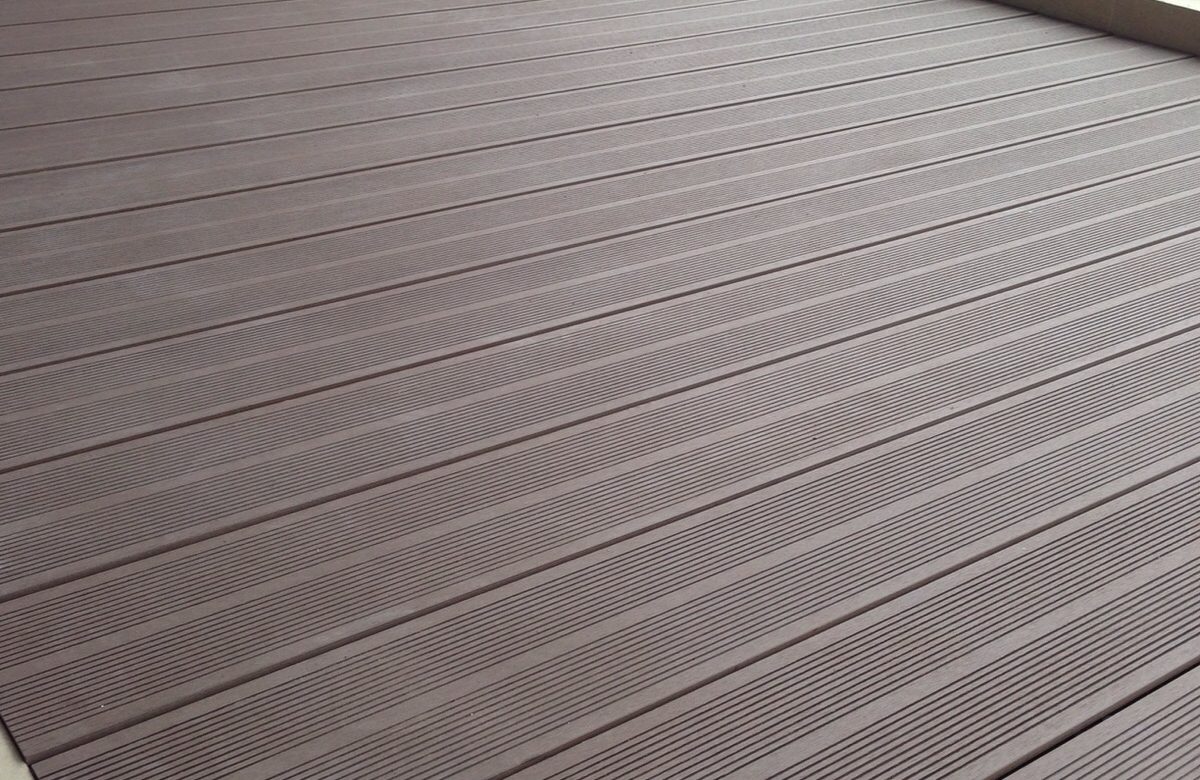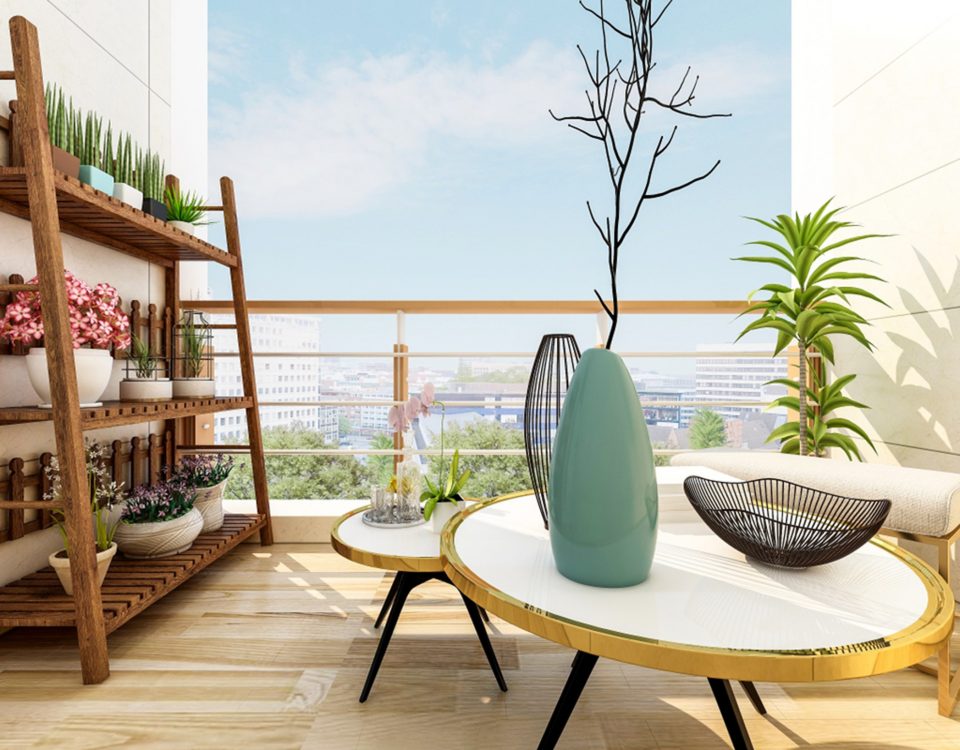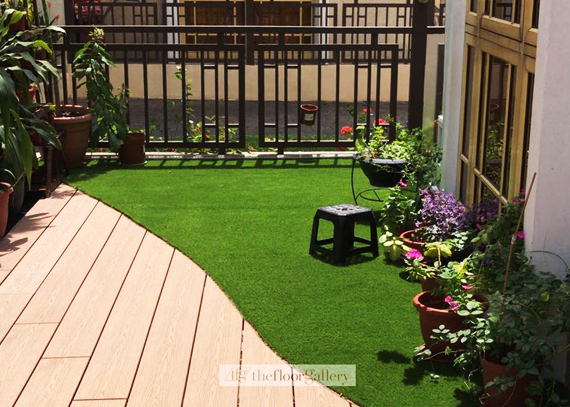The 4 Biggest Benefits of Composite Decking

Composite decking has accomplished something homeowners and contractors a generation ago would’ve thought blasphemous to even suggest: in many regards, a blended material comprised of wood or cellulose fibers and synthetic compounds has surpassed pressure-treated lumber’s former measuring stick for economically priced decking with shocking durability for its cost.
Composite boards are just barely needy enough to demand just an occasional cleaning, compared with the stripping, sanding, sealing and regular upkeep pressure-treated deck boards require in order to hold up just as durably under the same conditions. Cutting back maintenance labor that much is no small thing when you take into account what an outdoor hub the average home’s deck has become for outdoor entertainment in fresh-air spaces inspired to mimic a house’s inviting living room atmosphere.
- A Little More About That Low Maintenance
For the sake of pointing out the obvious, composite decking exists as a response to wood decking’s most frequently complained-about drawbacks. First and foremost, since composite decking doesn’t splinter, rot or mold as wood decks are known to eventually, it also doesn’t need to undergo regular staining to seal out pests and the elements and generally keep up its like-new appearance.
That also means no splinters or slivers, which makes slip- and heat-resistant composite decking a perfect fit for families fond of going barefoot.
That isn’t to say composites are absolutely invincible. Remember, composites are comprised, in part, of organic materials. That means some surface staining and mold, but the cleaning it takes to hold those signs of aging back gets no more strenuous than brushing on standard household cleaners now and again. Compare that to how much time and money either you or a professional cleaner will spend power-washing and sanding a wood deck.
- Color
An unfortunate reality of a wood deck is that the rich brand-new coloration and perfectly measured shape won’t last forever. Western softwoods such as red cedar and redwood especially fade eventually into a weathered silver-grey that composite boards all born from batches of mixed materials never adopt.
That’s the beauty of these partially synthetic boards: their uniformly gorgeous color retention in the absence of regular sealing and staining. If you don’t see a stately shade of grey as a sign of dignity but a reminder of your deck’s advancing age and don’t care for the routine of constant staining, composites are the way to go.
- Pests and Rot
Or should we say, utter lack thereof. Without the infusion of pesticides and heavy metals into the pressure-treating process, lumber becomes incredibly inviting to pests at the cost of posing fewer toxic hazards to your family as the wood slowly deteriorates with age, especially children and pets.
It’s an uneasy trade-off that composite decking sidesteps entirely. As noted above, expect some superficial mold and fungi to eventually make a move on the decking’s organic material. Generally, though, the materials and manufacturing process themselves lend composites a natural resistance to pests, rot, mold and fungi.
******
Currently, more than 50 manufacturers supply homeowners nationwide with cost-effective, durable composite decking. For each brand, there’s a constant buzz of refinement as research and development teams work to make their products better. Generally speaking, each variety’s own unique finer points aside, wood is wood is wood. Composites benefit from ongoing improvement, testing and revision to make decking that more realistically resembles wood’s natural finish and grains with bright, even colors.




